How to stick to cycling as a new rider
Taken up cycling over the summer and keen to stick at it? Ellie Donnell brings you the tips and tricks to keep your motivation high

So, you’ve done a few rides and think this cycling malarky might be for you? The trick now is to make sure you’re in it for the long haul.
One of the hardest parts of taking up a new sport, cycling or otherwise, is staying motivated enough to keep going. I definitely didn't cycle consistently when I started, and had to keep coming back to it again and again before I properly fell in love with the sport. Why? A few reasons. There’s the small fact that cycling is pretty darn hard, and for a long time I didn’t feel like I was making any progress. Poor weather conditions are another major hurdle, with winter being a particularly difficult period for any cyclist.
For many, consistency and motivation around training are the most challenging elements when it comes to sticking to a new sport. So, what steps can new riders take to ensure they're in it for the long haul, and not just a couple of sunny days a year? From setting monthly goals to ensuring you have the right gear, there are plenty of things you can do to make getting back on your bike that much easier. This isn’t about how to be a fitter, faster cyclist - rather, how to go from someone who dabbles in the odd cycle to becoming a dedicated rider. Period.
Start slow

One of the most common mistakes when starting a new discipline is going out way too hard at the beginning. It’s really tempting to want to tackle a long ride, or attempt to commute five days a week from the off, but if you’re totally new to training, you’ll likely end up experiencing physical and mental burnout before you’ve barely started. The trick is to start slow, and build up your endurance over time so that your body can learn to adapt to the new load and stresses placed on it.
Besides, becoming a cyclist doesn’t mean you have to endure gruelling, high-intensity rides all the time. The main thing is to keep your training consistent and sustainable, which means choosing a pace, distance and frequency that suits your ability. Cycling should add to your life, not take away from it, so choose your workouts wisely and listen to your body.
Set monthly goals

Although it’s not about becoming the fastest rider on the road, tracking your progress and seeing improvements can be one of the best, and most rewarding, parts of taking up cycling. Especially if you’re totally new to the sport, when it’s much easier to make ‘beginner gains’, as you tend to see progress happen quickly.
If you’re the type of person who loves to tick off a list, then setting monthly goals might be the motivation you need to get on your bike. A distance-based target is the obvious choice, but there are plenty of measurable goals you can choose to track. Maybe it’s commuting to work at least twice a week, or attempting a new route every month? Perhaps you prefer doing laps of your local park and you have a specific time you’d like to beat?
Get The Leadout Newsletter
The latest race content, interviews, features, reviews and expert buying guides, direct to your inbox!
If you need a little help coming up with monthly goals, you could always join Cycling Weekly's own 'CW5000' challenge - complete with a Strava club and active Facebook group to keep you motivated. Challenges vary from time and distance challenges, to 'find the silliest road name you can' - so there's plenty to keep you engaged!
The important thing is to be realistic - don’t set yourself wild targets that are practically impossible to achieve. This will only demoralise you. Keep your goals conservative at the beginning to ensure you’re able to hit them consistently, then increase the mileage (or whatever your goal is) very gradually month by month. It’s the small, incremental changes that add up.
Do it with a friend
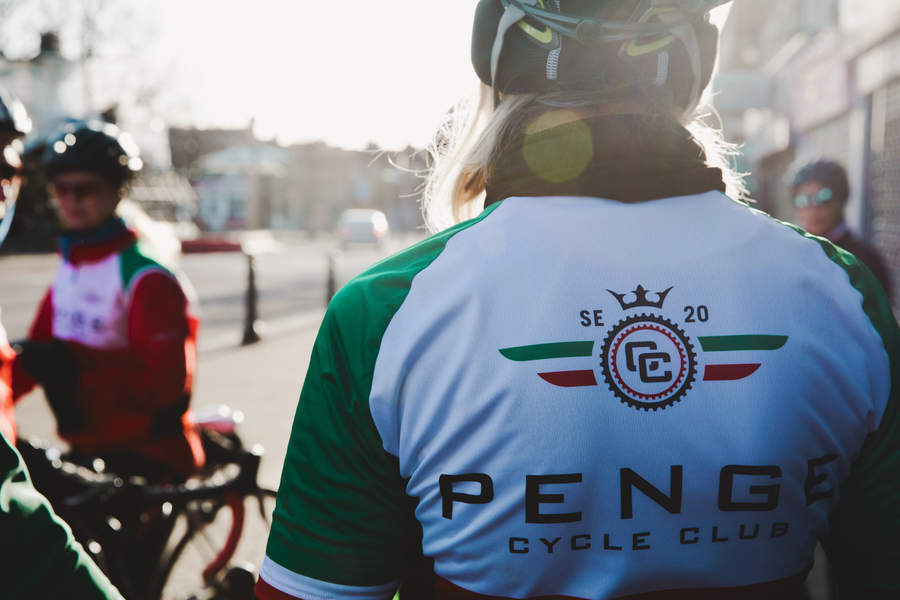
Sure, solo rides have their place, but if you’re just starting out and need a touch more motivation, then group rides are a really important hack for sticking at cycling. Riding with friends is so much more enjoyable! There’s nothing better than heading out into the countryside with a few of your mates, grabbing a coffee on route, and breathing in some fresh air.
Linking up with a training buddy can also be a useful tool for keeping yourself accountable. If you’ve planned to go for a ride with a friend, it’s much harder to back out knowing you’ll let your friend down. Plus, it’s always nice having someone there to spur you on during really tough rides.
Keep it varied
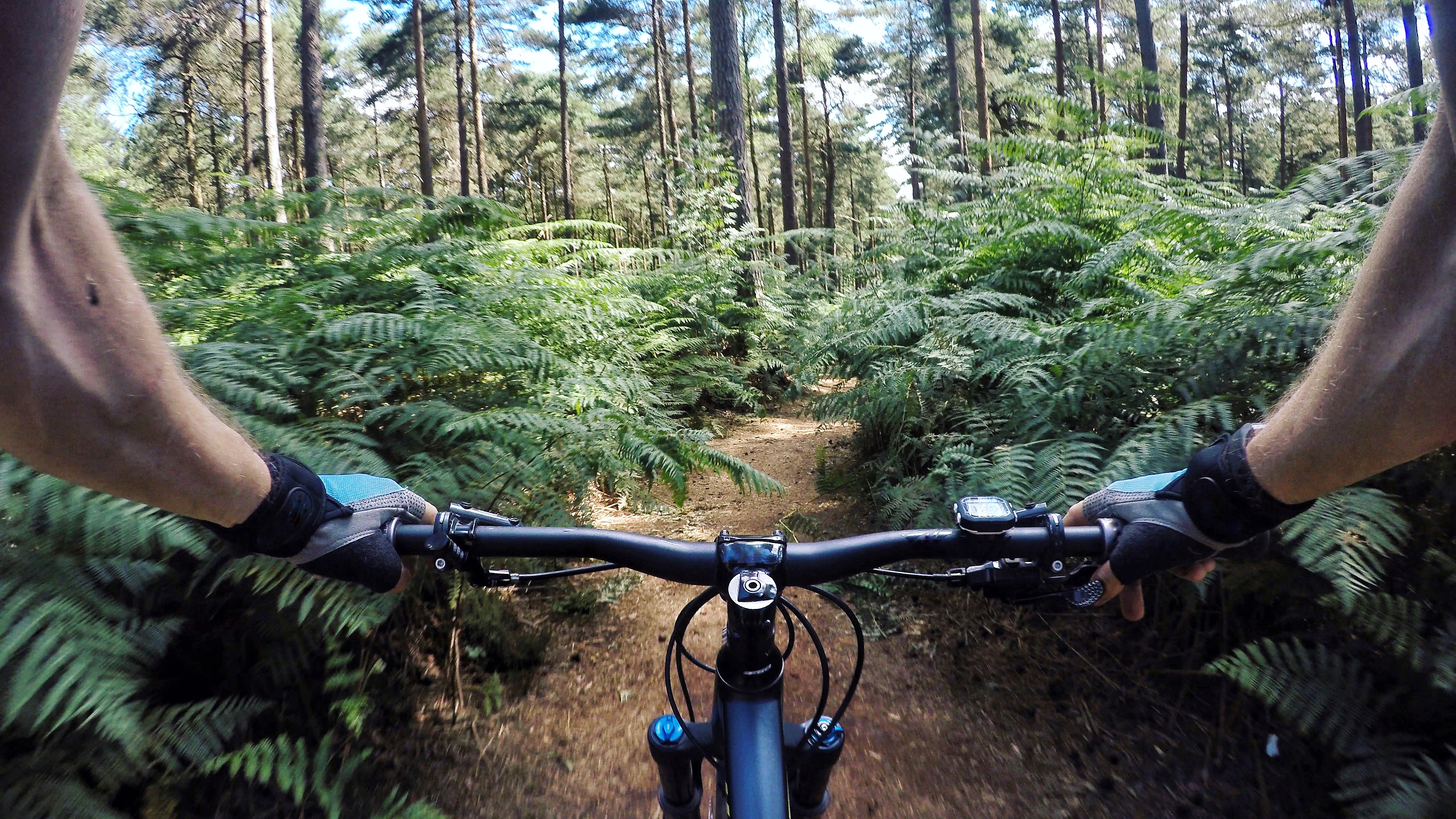
Doing the same rides all the time, be it your daily commute or laps of your local park, is bound to get boring after a while. So, mix it up! If you can, vary your route to work every other day to reduce cognitive fatigue. Or, plan a few destination rides with a different end point each time.
If you usually ride on the road, think about checking out your local mountain bike trail centre - hire bikes are nearly always available, so there needn't be a barrier to entry in terms of bike ownership.
One of the things that transformed my view of cycling was going on rides in beautiful places. Being outdoors on your bike is a great way to see the world, whether that’s venturing over to a new part of town or even a new country. I’m sure there are many people who will agree that one of the best things about cycling is the freedom it gives you - you can go pretty much anywhere on a bike. So, take a trip!
Get the right kit

Having the right gear will make or break your relationship with cycling during the winter months. I once lost my best winter cycling gloves for a couple of months and didn’t do a single ride until I finally bought a new pair. It happens, but it’s best to be prepared from the off.
You don’t need to buy a ton of fancy kit to start off with either, but making sure you have the basics is really important, especially when the weather turns colder. A good pair of gloves is essential, as are acquiring a few effective layers that will keep you warm, while ensuring you remain light on your bike. A quality waterproof will serve you time and again, too.
Finally, a set of the best bike lights, front and rear, are crucial as the days get shorter, especially if you’re commuting and only travelling when it’s dark.
Set the conditions for success

To ensure you consistently get back on your bike, make it as easy as possible for yourself. Have a think about the hurdles that might be stopping you from going on that ride - and change them! Is your bike stored somewhere that’s difficult to access? Do you struggle to get all your kit together before work?
When I know I’m going to cycle to the office in the morning, I make sure I have my bag ready the night before so I don’t have to think about it when I’m bleary eyed at 7am. I also always make sure to check the weather, so I can plan my cycling gear accordingly. If it’s drizzly, pack a raincoat. Is it set to be cold? You’re going to need a few layers and a pair of gloves.
If your bike is tricky to access, perhaps consider bringing it inside your home the night before a ride so you don’t have to think about retrieving it the next day. Nutrition and fuelling are important too - if you’re planning on doing a big ride at the weekend, try and eat a substantial, carbohydrate rich meal the night before to ensure you have the energy to sustain you on a ride.
Just a little bit of planning will go a long way to ensuring cycling success.
Think about training indoors
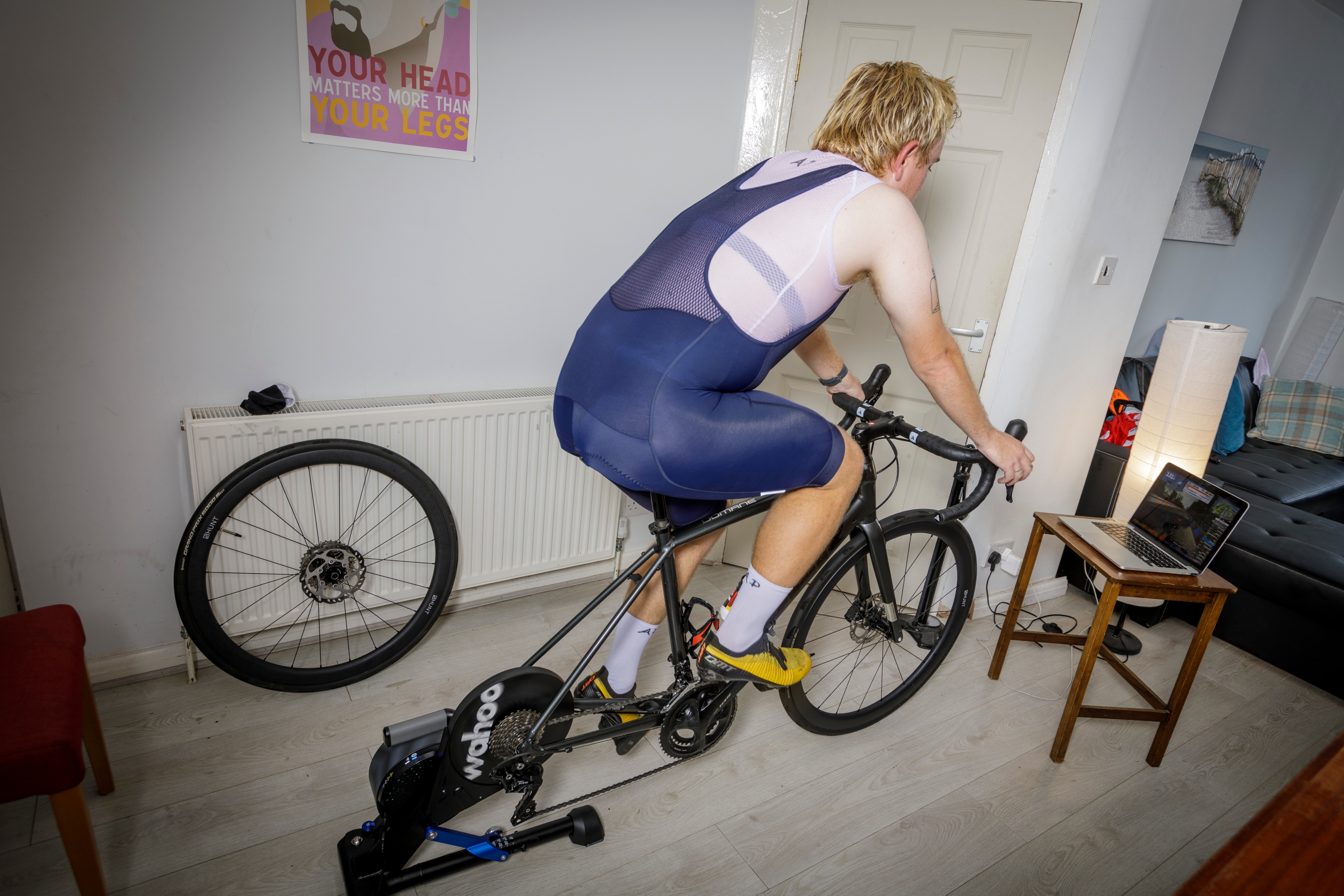
If the idea of cycling in the dark and cold during the winter months still doesn’t appeal, then you might want to consider investing in an indoor bike, or turbo trainer which you can attach your own bike to. They can be an expensive option, but there are lots of benefits to indoor cycling: you won’t experience any interruptions on a ride, it’s easier to be consistent with training and, crucially, you don’t have to deal with poor weather conditions.
Plus, there are a wealth of indoor cycling apps such as Zwift, TrainerRoad and MyWhoosh which come suited and booted with a huge range of pre-set rides, making it much easier to gamify the cycling experience for an extra slice of motivation. Training indoors also allows you to focus on a specific discipline, whether that’s doing intervals, hills or long sustained efforts.
Accept that not every ride will be your best ever

This one is really important to keep in mind. Not every ride will be your best, and that is absolutely fine. You’re building so much more than just physical fitness with every ride and, actually, those harder cycles are often the ones that make you more resilient over time, by building mental toughness.
Instead, focus on enjoyment as much as possible - fitness and speed can come later. As a cycling newbie, it’s important to create habits that last, build up your confidence and, ultimately, allow you to fall in love with the sport.
Take the pressure off and remember that you’re in this for the long run. There will always be another ride.

Thank you for reading 20 articles this month* Join now for unlimited access
Enjoy your first month for just £1 / $1 / €1
*Read 5 free articles per month without a subscription

Join now for unlimited access
Try first month for just £1 / $1 / €1
Ellie Donnell is a contributing writer for Cycling Weekly and has written for a broad range of titles including Delicious Magazine, Co-op, The Independent and SquareMeal (where she currently holds the role of Managing Editor). While her specialism is in food and drink, Ellie is hugely passionate about fitness and practices a 'hybrid' approach to training covering running, weightlifting and cycling. Her love for cycling has flourished in recent years, causing her to purchase her first carbon road bike, participate in a duathlon and tackle a three-day cycling tour from Reading to Devon – although you’ll often find her doing laps of Richmond Park at the weekend.
-
 A bike rack with an app? Wahoo’s latest, and a hub silencer – Sea Otter Classic tech highlights, Part 2
A bike rack with an app? Wahoo’s latest, and a hub silencer – Sea Otter Classic tech highlights, Part 2A few standout pieces of gear from North America's biggest bike gathering
By Anne-Marije Rook
-
 Cycling's riders need more protection from mindless 'fans' at races to avoid another Mathieu van der Poel Paris-Roubaix bottle incident
Cycling's riders need more protection from mindless 'fans' at races to avoid another Mathieu van der Poel Paris-Roubaix bottle incidentCycling's authorities must do everything within their power to prevent spectators from assaulting riders
By Tom Thewlis
-
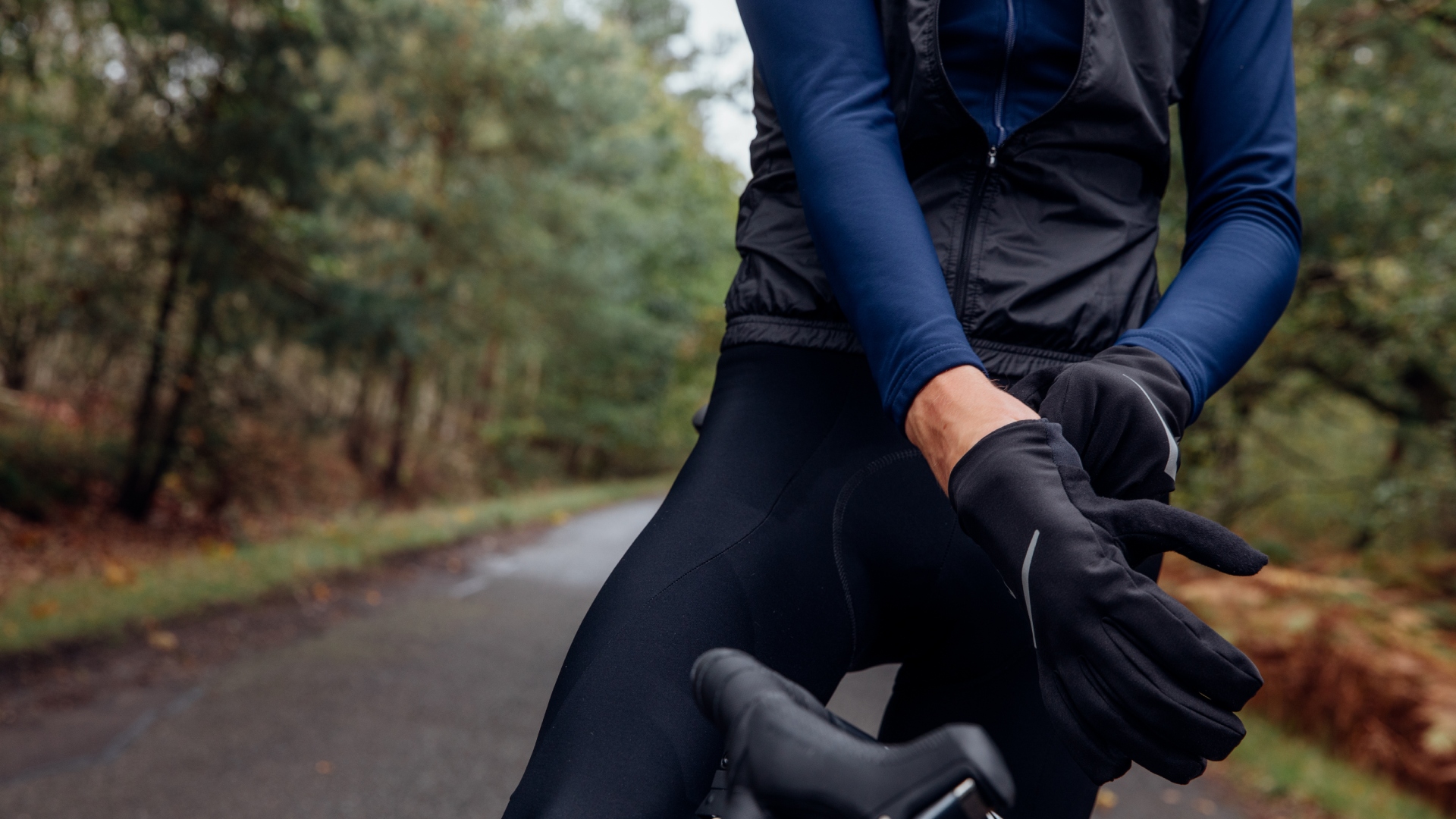 Riding with Raynaud’s: How to beat cold hands and feet over winter
Riding with Raynaud’s: How to beat cold hands and feet over winterSymptoms of Raynaud's syndrome extend far beyond simply having chilly hands and feet, our experts guide you through the how-to on making winter riding bearable despite the disease
By Lexie Williamson
-
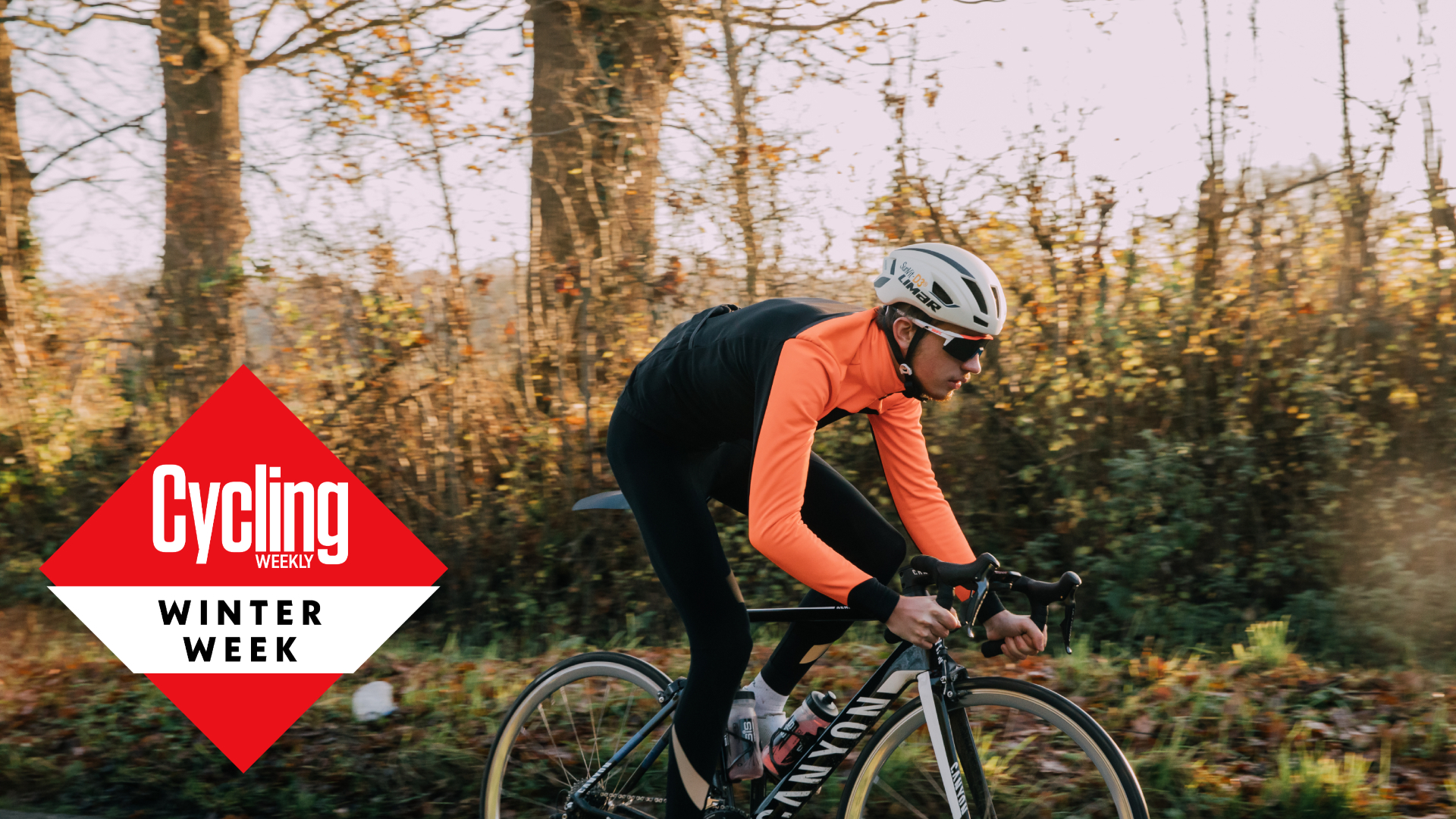 18 tips for finding winter motivation to ride
18 tips for finding winter motivation to rideDon't let cooler weather keep you off the bike, there are plenty of ways to keep the enthusiasm high
By Andy Turner
-
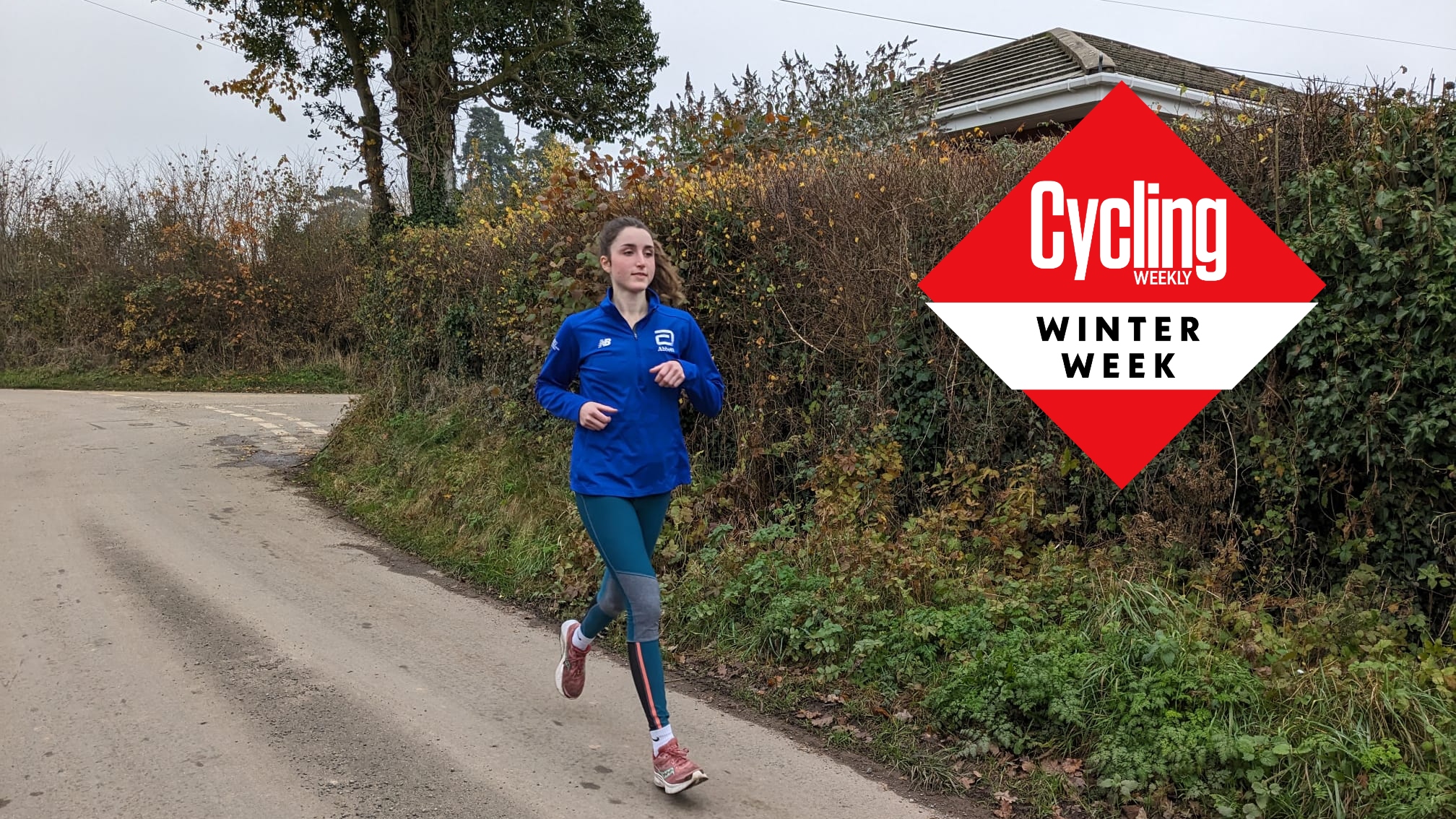 How much running is ‘too much’ running for cyclists - I trained for a marathon to find out
How much running is ‘too much’ running for cyclists - I trained for a marathon to find outMany cyclists like to swap their cleats for running shoes - at least for some sessions — during winter, but where should we draw the line?
By Ellie Donnell
-
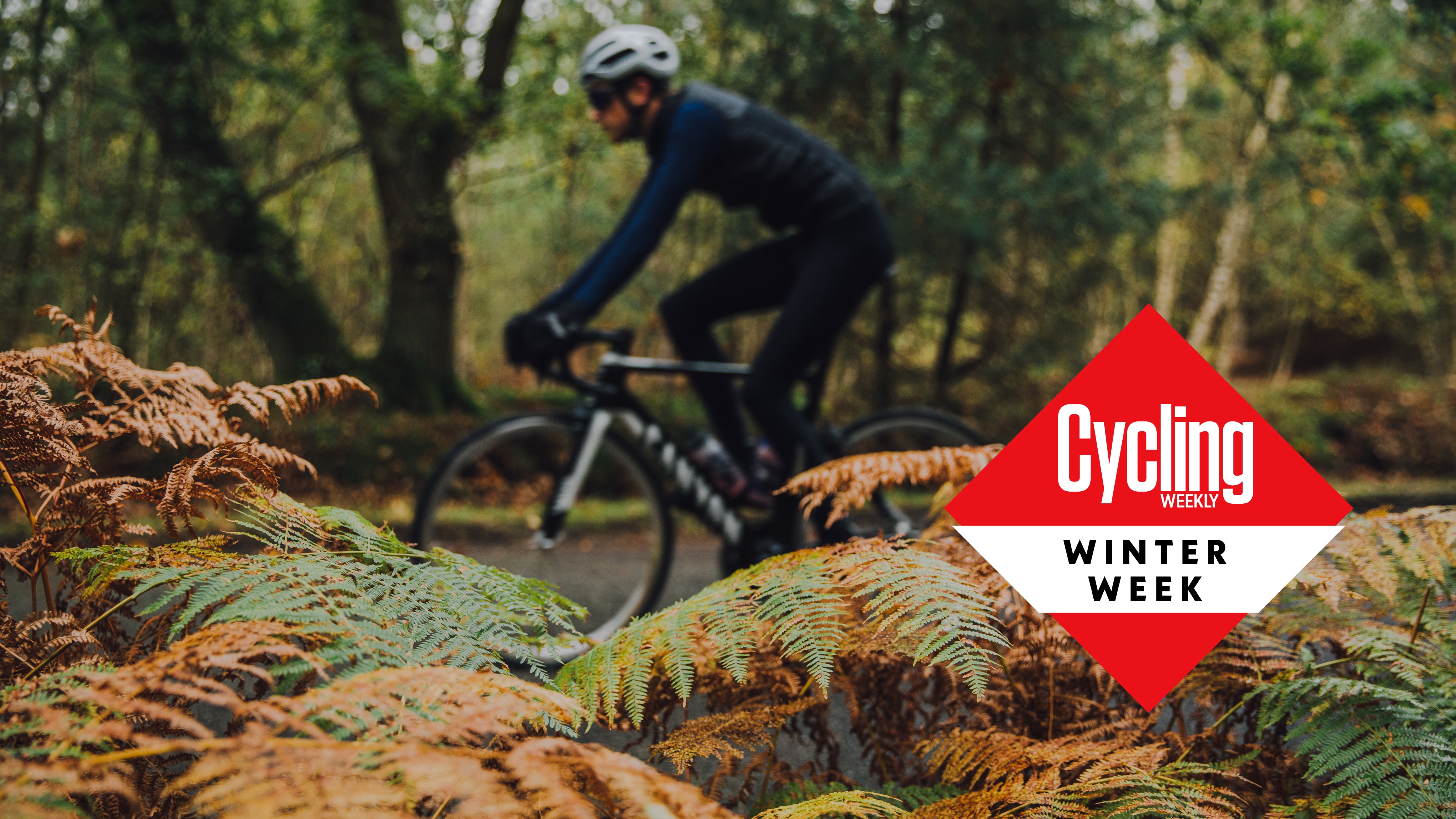 Symptoms of Seasonal Affective Disorder are more common than you think - here's how to battle the blues
Symptoms of Seasonal Affective Disorder are more common than you think - here's how to battle the bluesIt’s no secret that the winter months can switch one’s mood to a doom and gloom setting – here’s how to lighten the load
By Rob Kemp
-
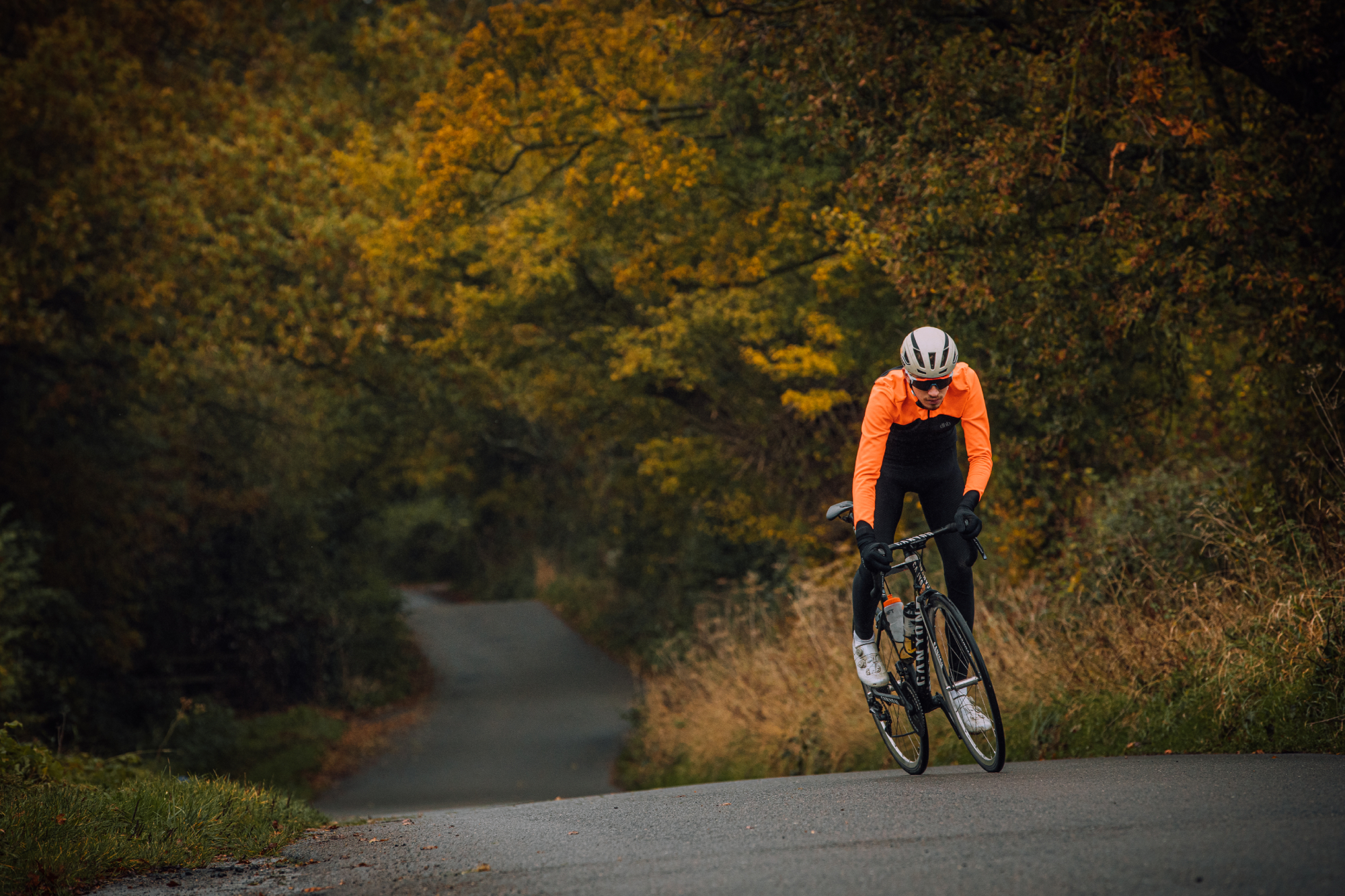 These five winter training mistakes can ruin your fitness - here's how to avoid them
These five winter training mistakes can ruin your fitness - here's how to avoid themThe pitfalls to avoid if you want to emerge fit and well come spring
By Andy Turner
-
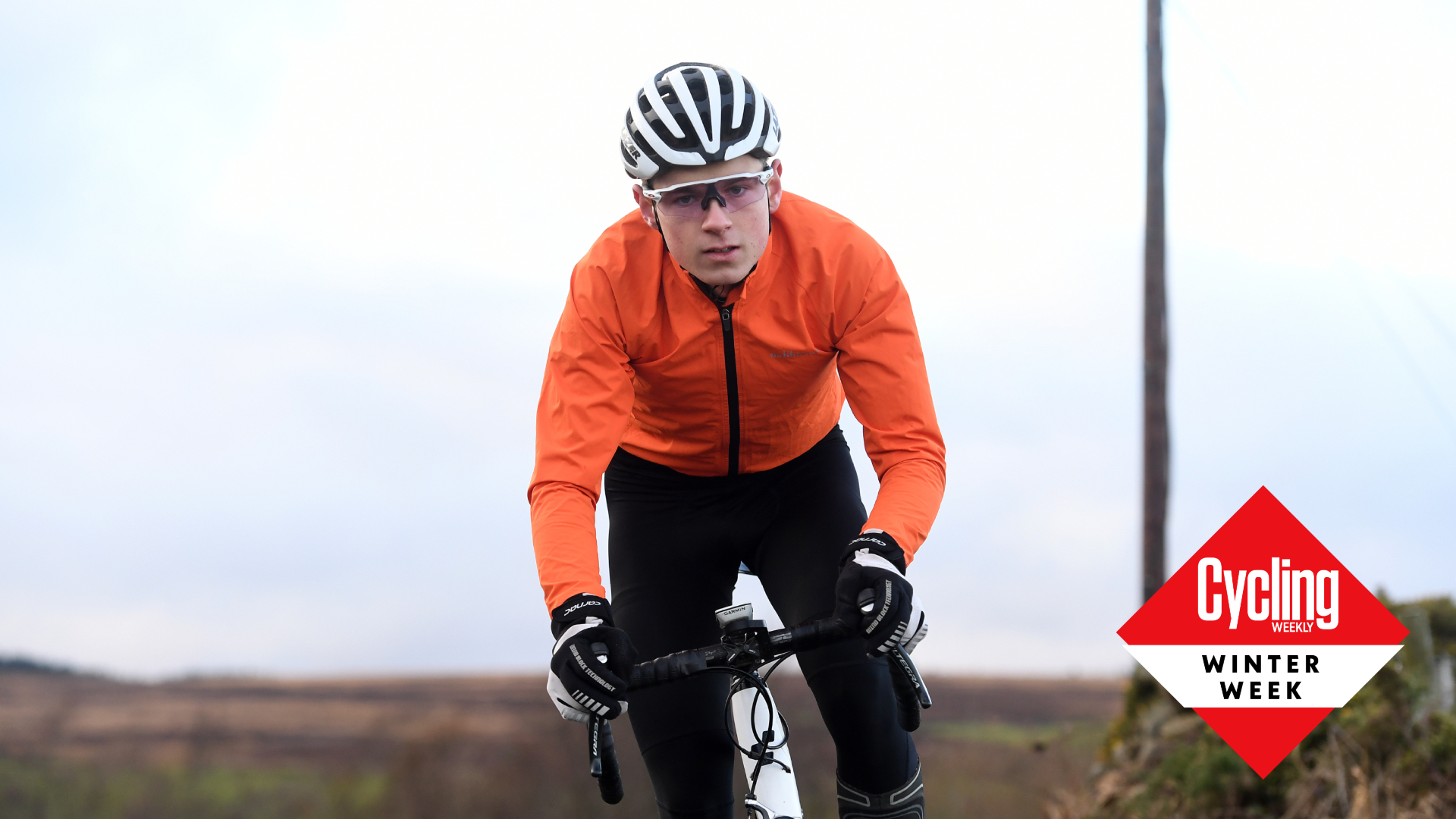 Seven benefits of riding outdoors - which you’ll miss out on if you train inside all winter
Seven benefits of riding outdoors - which you’ll miss out on if you train inside all winterAs with most things in life, there is a balance to be struck…
By Andy Turner
-
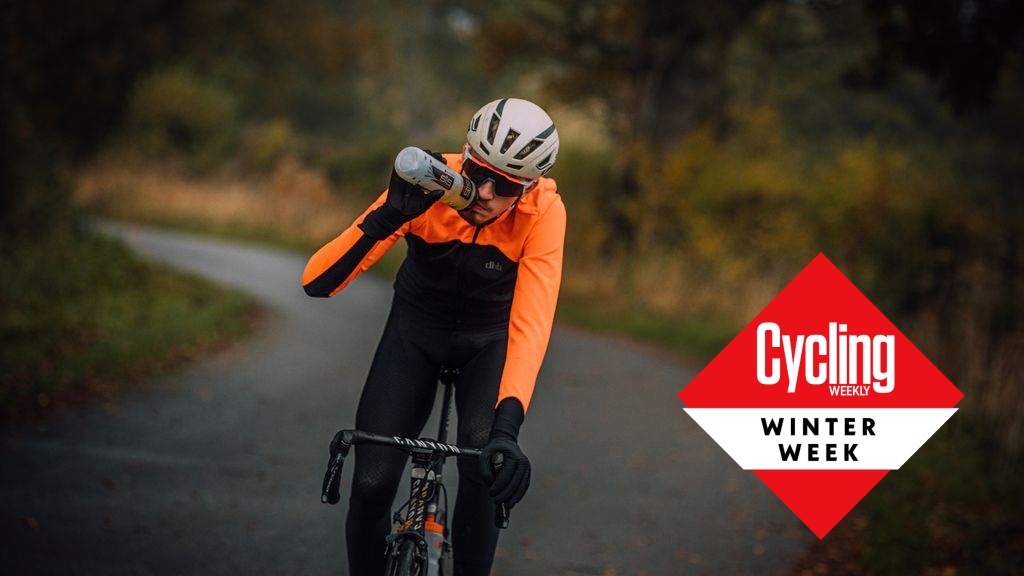 Winter fueling: how to match your cycling nutrition to the demands of cold weather riding
Winter fueling: how to match your cycling nutrition to the demands of cold weather ridingGetting the most out of your winter training means making sure you are optimally fuelled for every ride - here's what you need to know about the specific demands of cold season nutrition
By Joe Laverick
-
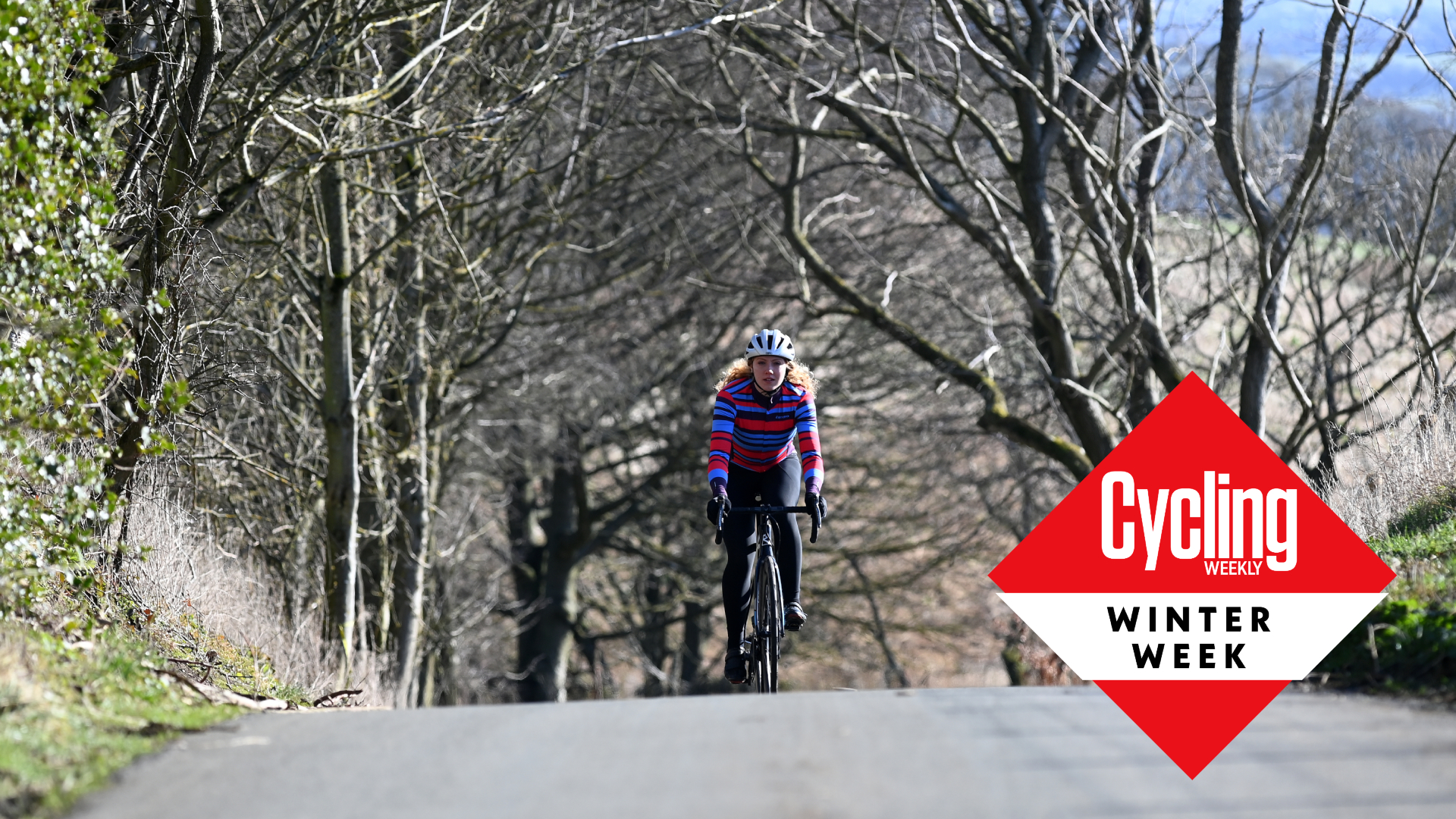 Five things I wish I knew before my first winter of road riding
Five things I wish I knew before my first winter of road ridingThere's a special satisfaction to riding through the winter - but also plenty of challenges!
By Anna Marie Abram